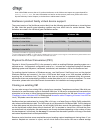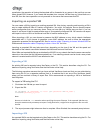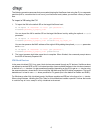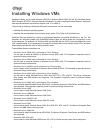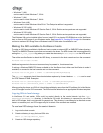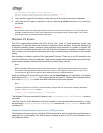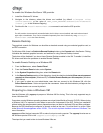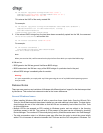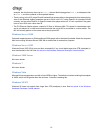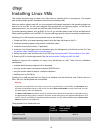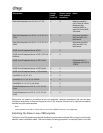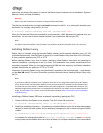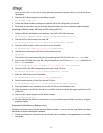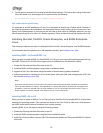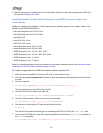
12
xe vm-install copy-bios-strings-from=<host uuid> \
template=<template name> sr-name-label=<name of sr> \
new-name-label=<name for new VM>
This returns the UUID of the newly created VM.
For example:
xe vm-install copy-bios-strings-from=46dd2d13-5aee-40b8-ae2c-95786ef4 \
template="CentOS 5.3" sr-name-label=Local\ storage \
new-name-label=newcentos
7cd98710-bf56-2045-48b7-e4ae219799db
2. If the relevant BIOS strings from the host have been successfully copied into the VM, the command
vm-is-bios-customized will confirm this:
xe vm-is-bios-customized uuid=<VM uuid>
For example:
xe vm-is-bios-customized \
uuid=7cd98710-bf56-2045-48b7-e4ae219799db
This VM is BIOS-customized.
Note:
When you start the VM, it will be started on the physical host from which you copied the BIOS strings.
A VM can be
• BIOS-generic: the VM has generic XenServer BIOS strings;
• BIOS-customized: the VM has a copy of the BIOS strings of a particular host in the pool;
• without BIOS strings: immediately after its creation.
Warning:
It is your responsibility to comply with any EULAs governing the use of any BIOS-locked operating systems
that you install.
Release Notes
There are many versions and variations of Windows with different levels of support for the features provided
by XenServer. This section lists notes and errata for the known differences.
General Windows Issues
• When installing Windows VMs, start off with no more than three virtual disks. Once the VM and Citrix
Tools for Virtual Machines tools have been installed you can add additional virtual disks. The boot device
should always be one of the initial disks so that the VM can successfully boot without the Citrix Tools
for Virtual Machines.
• Multiple VCPUs are exposed as CPU sockets to Windows guests, and are subject to the licensing
limitations present in the VM. The number of CPUs present in the guest can be confirmed by checking
Device Manager. The number of CPUs actually being used by Windows can be seen in the Task Manager.
• The disk enumeration order in a Windows guest may differ from the order in which they were initially
added. This is because of interaction between the PV drivers and the PnP subsystem in Windows. For



